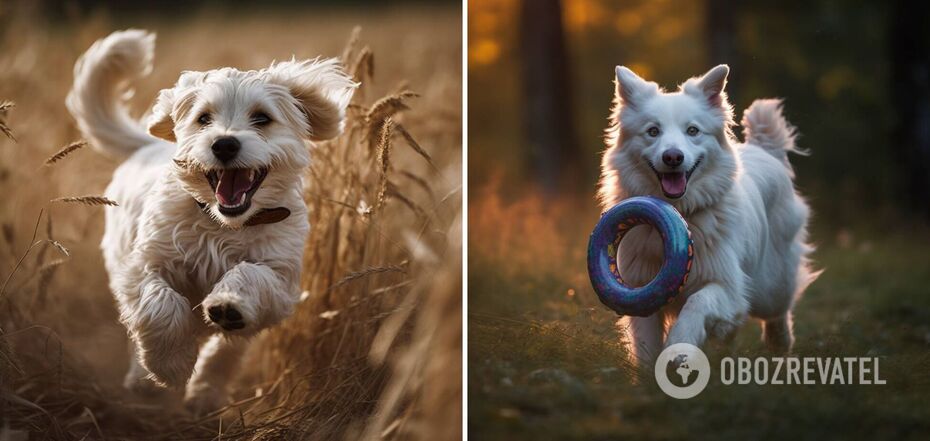Life
What affects the personality of the dog: some interesting facts have surfaced
Raising a dog is an important and responsible process that affects the well-being of the animal and its relationship with its owner. But how a pet's personality is formed remains a mystery to scientists.
However, a team of researchers from the University of Helsinki, the Folkhalsan Research Center and the University of Turku was able to lift the curtain on what factors influence a dog's character. They published their results in iScience.
According to scientists, studying the behavior of dogs will help them better understand other animals in the future. It will also make it easier for people to communicate with their pets.
Researchers have found that about half of a dog's character is a product of its genetic inheritance. But the other half is due to environmental influences, especially conditions in the animal's early childhood.
To reach their conclusions, the scientists conducted a character survey of 11,418 dogs. They took into account the 12 most important variables that affect pet personality - gender, age, breed, socialization level, cohabitation with other dogs, average time alone, reasons why a person got a dog and more. The sample included more than 50 breeds ranging in age from a few months to 17 years old.
It turned out that dog personality formation was significantly influenced by breed and age. Also, the level of socialization during childhood, how often the dog was offered games, and the reasons for getting the dog had some influence. However, these effects were less significant. Researchers suggested that the relationship between a dog's character and environmental influences was limited.
The researchers found that the most important variable influencing the personality of a dog at every moment of its life is age. The older an animal is, the higher its concentration on training, while vulnerability, energy and friendliness scores, on the contrary, decrease over time.
Females, on average, had the highest scores for vulnerability, concentration on training, and friendliness to humans. And males were more energetic, aggressive (dominant) and friendly to other dogs.
The breed also had a significant impact on the character of the dog. So the most vulnerable were Scottish Shepherds, and the lowest score here was for Bull Terriers.
Parson-Russell Terriers were the most energetic and Miniature Pinschers were the most stubborn. The most aggressive and dominant were dogs of fighting breeds, and golden retrievers were herded here by rear ones.
Bull terriers were found to be the most prone to socializing with people, and herding dogs showed the least need for it. At the same time, the Finnish Lapphunds were most often friendly to their cousins, and the Border Collies, on the contrary, were not eager to communicate with other dogs.
If a dog was brought in as a pet, it was more likely to grow up insecure. While animals that were seen as family members were significantly more confident. But the maximum confidence was shown by dogs purchased for hobbies and work. Also insecure were the dogs that had become the first for their owners. If the dog turned out to be the fifth or more, its confidence was maximum.
Animals that lived in the same territory as other dogs showed a higher level of energy. But their persistence was lower.
Dogs that were left alone for less than an hour during the working day had greater concentration on training. And those who were left without an owner for 8 hours or more had the worst performance on this criterion.
Earlier OBOZREVATEL told how to teach your dog not to be afraid of being alone at home.
Subscribe to OBOZREVATEL channels on Telegram and Viber to keep up with the latest events.



























